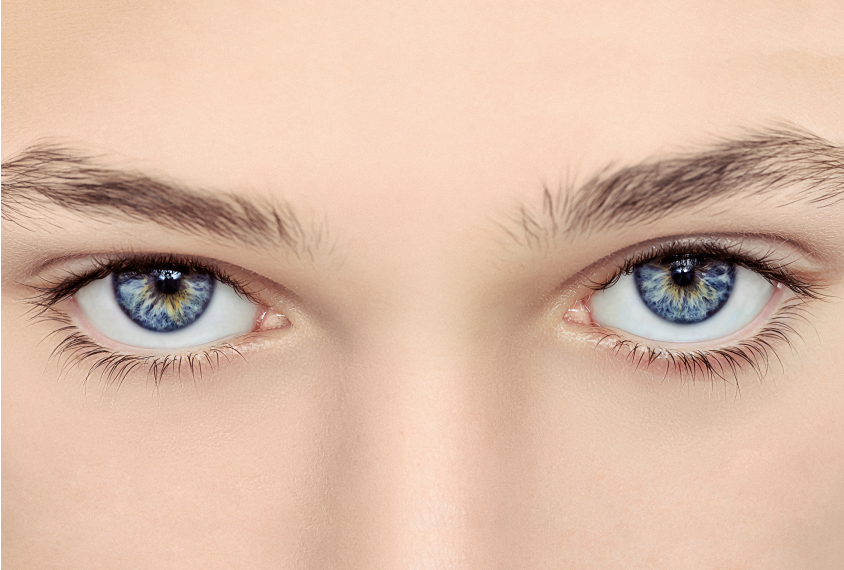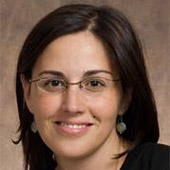
THIS ARTICLE IS MORE THAN FIVE YEARS OLD
This article is more than five years old. Autism research — and science in general — is constantly evolving, so older articles may contain information or theories that have been reevaluated since their original publication date.


Many neurodevelopmental disorders have overlapping symptoms. For example, children with autism often also show symptoms of attention deficit hyperactivity disorder (ADHD) or obsessive-compulsive disorder (OCD).
The National Institute of Mental Health (NIMH) has called for research that spans diagnostic boundaries, challenging scientists to look at brain development and mental health more broadly1. We are taking this new approach with a large research initiative called the Province of Ontario Neurodevelopmental Disorders Network, looking at symptoms across different disorders. In particular, we have recently looked at how emotion recognition abilities vary across children with autism, ADHD and OCD.
In a study published earlier this year, we found that the ability to recognize emotions varies along a continuum that includes these disorders, with some distinct patterns in each diagnostic group2.
Previous research has shown that children with autism in particular have difficulties with standard emotion-recognition tasks. Children with ADHD may have deficits recognizing emotions in others as well3. (Less is known about this ability in children with OCD.)
Individuals with neurodevelopmental disorders generally tend to have more difficulty detecting negative emotions, such as sadness, anger and fear, than they do positive feelings. We wanted to determine which types of emotions children with autism, ADHD and OCD have the most trouble recognizing, and how these abilities compare between groups of children with each of the three disorders.
In our study, we looked at how 265 children — 118 with autism, 71 with ADHD, 42 with OCD and 34 with none of these conditions — recognize social and emotional information from faces3. We used the Reading the Mind in the Eyes Test, in which participants look at pictures of faces showing only the eyes, and then pick the emotion that best describes the picture4,5. The score is a measure of a person’s ability to recognize others’ emotions or mental states.
Eyeing eyes:
We grouped each item on the test according to difficulty level (easy or hard) and by type of emotion portrayed, either positive (happy, for example), negative (angry) or neutral (contemplative). We also wanted to see whether traits or symptoms such as inattentiveness, hyperactivity and obsessive-compulsive behavior might get in the way of social perception.
We found that scores on the Reading the Mind in the Eyes Test present along a continuum and rise along with a child’s intelligence quotient (IQ). When we used statistics to account for IQ differences, we could still detect distinct patterns of social recognition abilities for each diagnostic group, although many groups overlapped in their scores as well.
As expected, children with autism have the fewest correct responses among all the groups, and struggle the most with the easy questions. Unexpectedly, they also have the most difficulty recognizing positive emotions.
Children with ADHD do worse than the control group but better than the group with autism. Like the children with autism, they also have trouble recognizing positive emotions. This is a surprise, given that previous research indicates children who have either autism or ADHD have more difficulty identifying negative emotions.
We wondered whether our result could be explained by the fact that, in our test, the mouth isn’t visible. An upturned smile is a cue for positive emotions, something even young children use to identify a happy face. Without the smile cue, children with ADHD or autism may not be able to recognize happy faces. We hypothesized that this finding could represent a delay in social-emotional development in children with autism or ADHD.
Telling symptoms:
The children with OCD actually score better than controls, on average, and do the best on the more nuanced neutral emotions, in which the eyes are merely ‘thinking about something,’ for example. Studies have shown that adults with OCD have difficulty recognizing emotions, particularly negative ones, so we wondered whether these deficits develop later, in adolescence. Perhaps children with OCD find social stimuli more anxiety-provoking, and therefore learn to avoid reading social cues over time?
But we didn’t see this pattern in our sample. When we looked at how scores on the eyes test vary by age of the participants, we found that older participants score higher across all diagnostic groups. It may be that child- and adult-onset OCD are relatively different disorders, with their own associated symptoms and traits.
We then looked at the effects of certain symptoms, or traits, on the test scores. As expected, children with better social communication skills overall have superior social perception abilities. We also found that children with more hyperactive or impulsive traits have greater difficulty with social perception.
When we controlled for hyperactive and impulsive traits, however, the group differences persisted. This suggests that other factors may account for the majority of differences in social perception. OCD symptoms have no impact on scores.
Our results highlight how social abilities can vary across different disorders, and why those abilities should be considered independent of a primary diagnosis. Children with hyperactive traits or cognitive difficulties may be at particularly high risk of missing social information.
Our findings are consistent with the evolving understanding of neurodevelopmental disorders, which may share common causes yet manifest differently across individuals and families. We’d like to better understand which biological pathways lead to differences in social processing. This knowledge may help us recognize children at risk for autism or social difficulties in general, so that we can deliver interventions where they are most needed.
Danielle Baribeau is a resident physician in psychiatry at the University of Toronto. Evdokia Anagnostou is a child neurologist and senior clinician scientist at the Bloorview Research Institute in Toronto, Canada.
By joining the discussion, you agree to our privacy policy.